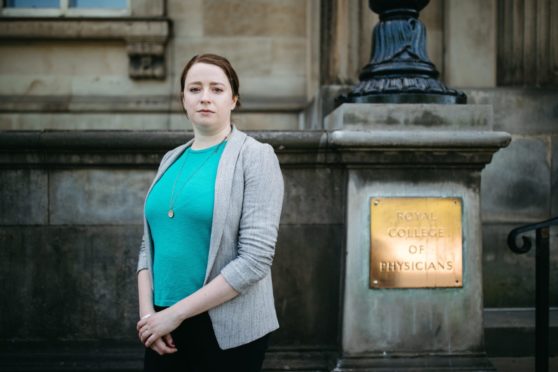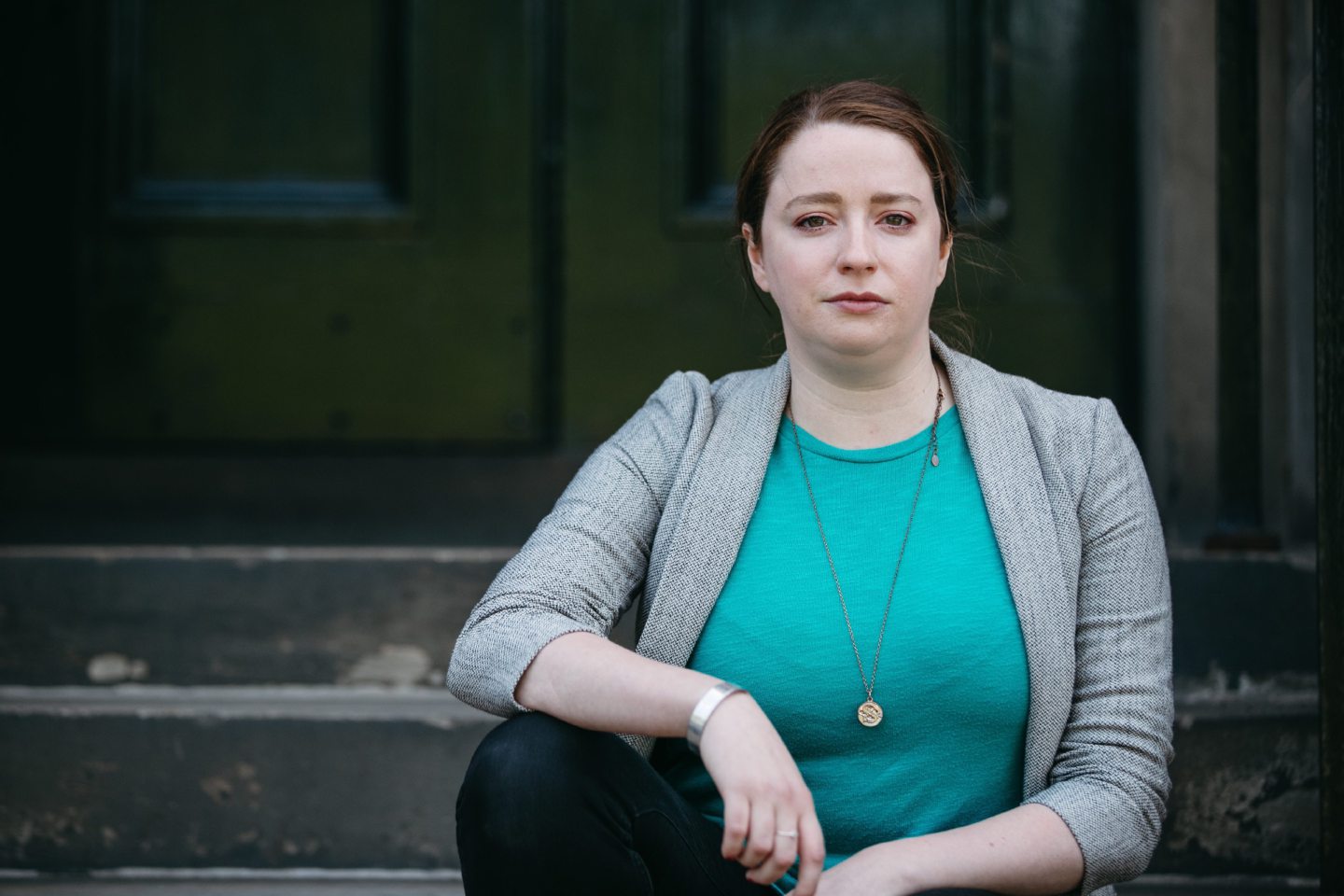
Almost 3,000 doctors have applied to leave the UK and work overseas this year despite international lockdowns.
Figures obtained from the General Medical Council show 2,800 applications by doctors for professional references to allow them to work abroad during the coronavirus pandemic.
It comes as the British Medical Association warns thousands of exhausted doctors plan to leave the NHS. While applications are down on previous years, the figures show that English-speaking countries such as Australia, New Zealand and Canada remain the most popular destinations.
This is despite the prospect of doctors having to isolate in a hotel for up to two weeks on arrival, with quarantine costs for the most popular destination (Australia) currently running at £1,600.
The Patients Association has expressed serious concern about patient safety as a result of the loss of doctors. Rachel Power, chief executive, said: “Whatever the reasons are for doctors to leave the NHS, it results in a health service, which is already understaffed, being strained even further than it currently is. There are implications for patient safety when a health service is under-resourced.”
In February, the BMA Scotland warned it would be “impossible” for NHS Scotland to recover from the pandemic if senior staff cannot be retained, revealing 15% of consultants’ posts are vacant with existing staff having to carry the extra workload of unfilled jobs.
Lewis Morrison, chairman of BMA Scotland, said: “Every single vacant post or doctor leaving the NHS means greater pressure on those left behind, creating a vicious circle which will only make more leave unless action is taken now. The government itself has set a target for recruitment of 800 more GPs – suggesting how stretched that element of the workforce is.”
Another reason for the shortage of doctors is the high number of trainees who quit the NHS. In 2016 an official report found just half of junior doctors completing their first two years of training then chose to stay in the NHS.
Reasons why junior doctors leave was highlighted in research conducted by Edinburgh University published in 2018. It cited exposure to workplace bullying and pressure to specialise in areas of medicine or surgery too early.
Principal author Dr Sam Smith, reports: “F2s (two years’ experience as a junior doctor) give reasons similar to those given by any professional considering a change in their job. However, working within the NHS as an F2 doctor brought specific challenges, such as a need to make a choice of speciality within the F2 year, exposure to workplace bullying and difficulties in raising concerns.”
Scotland, like the rest of the UK, already faces the prospect of many doctors retiring soon – some leaving early because of the stress of the job.
The Scottish Government said: “Staffing levels in Scotland’s NHS have reached a record high. Since 2006 the number of consultants employed by NHS Scotland has increased by more than 59%.
“NHS Scotland’s staffing levels have increased by over 8,500 whole-time equivalent in the last year, following nine consecutive years of growth. This yearly increase includes a 3.3% growth in medical and dental consultants.”
Junior doctors are asked to do far, far too much with far, far too little support
– Former junior doctor Sorcha Hume
Reducing the number of stressed and disillusioned junior doctors leaving during or just after their NHS training is key to retaining key staff, according to one of them.
Dr Sorcha Hume, 32, left a career in medicine because of intolerable stress and now counsels other juniors feeling pressure and citing overwork and a lack of support.
She had completed two years as a junior doctor when she bowed out after a total of seven years – studying for her MB ChB and time working in busy teaching hospital wards.
Hume, from Aberdeen and now living in Edinburgh, said: “I studied medicine because of a genuine wish to help and care for others. It is important for me to have a career that makes a positive difference to others and before studying medicine I helped care for a girl with disabilities.
“However, I found, as a junior doctor, a toxic culture in the wards. That was caused in part by staff who are also under stress and treat others with indifference and disdain at times. People working under those conditions can treat others similarly. Many senior doctors are so stressed they lose empathy. I was the sort of junior doctor who would put their hands up and ask if I did not know something, instead of treading water, so to speak, and I would be ridiculed. It is not a good learning environment for any profession, especially medicine.
“I later met a registrar who had shouted me out at work, and she apologised. She had moved to another area of medicine and seemed much happier. One of my best friends has left and I now counsel others who feel so stressed, they want to go. One self-funded their degree as it was a second, and now has considerable debts.
“The culture was toxic then and, from what I can see, still is. My deciding factor for leaving medicine was that I no longer recognised myself.”
Research by the Medical Protection Society reveals almost half of trainee doctors have considered exiting their job due to “reasons of personal wellbeing”.
It surveyed 275 members and discovered that more than half of trainee doctors surveyed also do not feel encouraged to discuss wellbeing issues, and 70% also feel their concerns are not prioritised by line managers.
Hume, now the head the charity, Friends At The End – which promotes choice in dying – says the drop-out rate and staff retention is a pressing problem for the NHS.
She said: “What makes being a doctor even more stressful is that studying for exams has to be done during your holiday leave.
“I cannot think of any other job where the very junior new-starts are frontline workers and have to sink or swim when treating patients, many of them seriously ill. Everyone else around you is stressed, too, and often too busy to help.
“What should also be addressed is that medical degrees are done straight from school in the UK. That does not happen in other countries. Many have medicine as a second degree when students are older and better prepared,” she added.
“I worked in a ward of sick children which I could not imagine a more inappropriate training ground for a very junior doctor because children become ill very quickly.”

Enjoy the convenience of having The Sunday Post delivered as a digital ePaper straight to your smartphone, tablet or computer.
Subscribe for only £5.49 a month and enjoy all the benefits of the printed paper as a digital replica.
Subscribe © Andrew Cawley
© Andrew Cawley